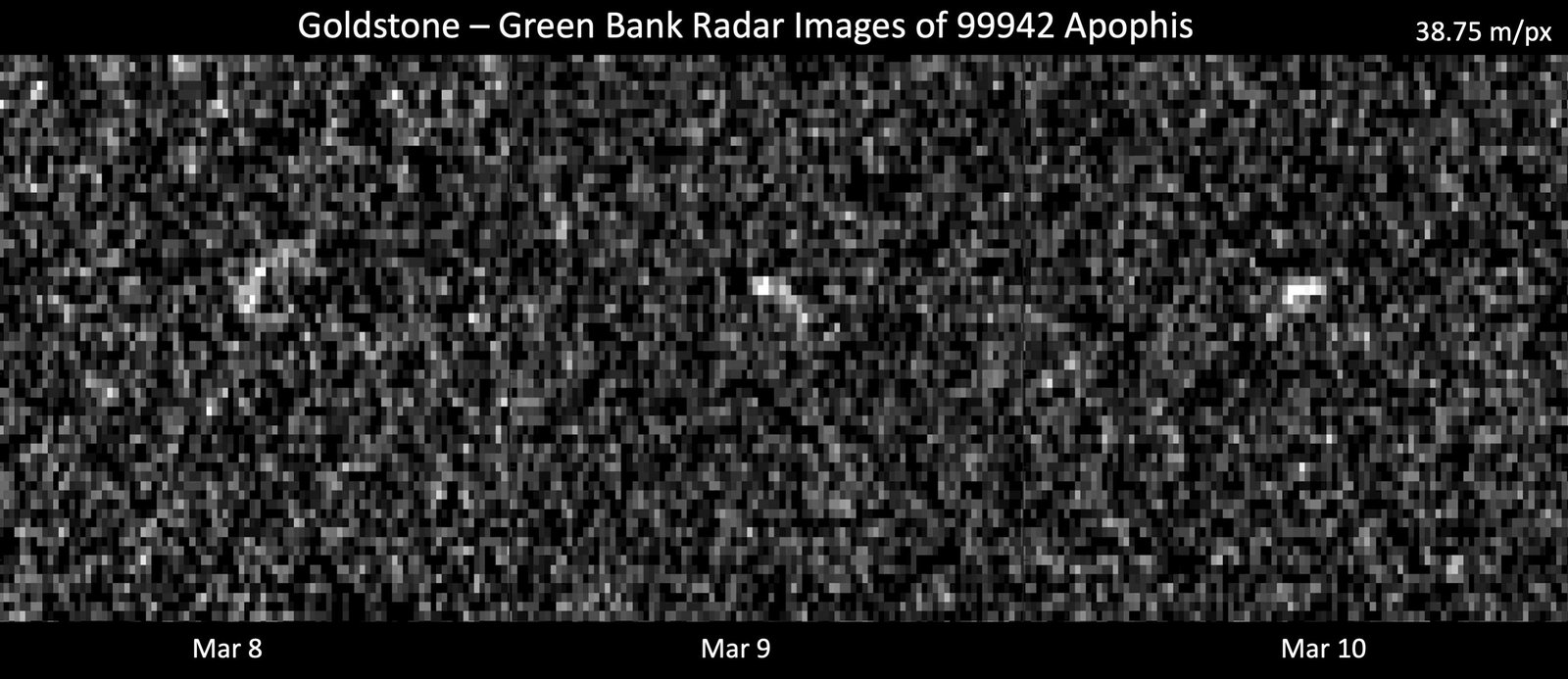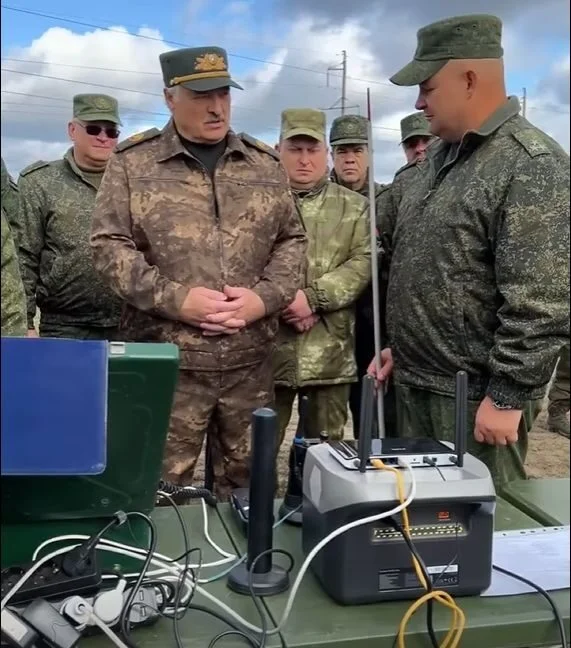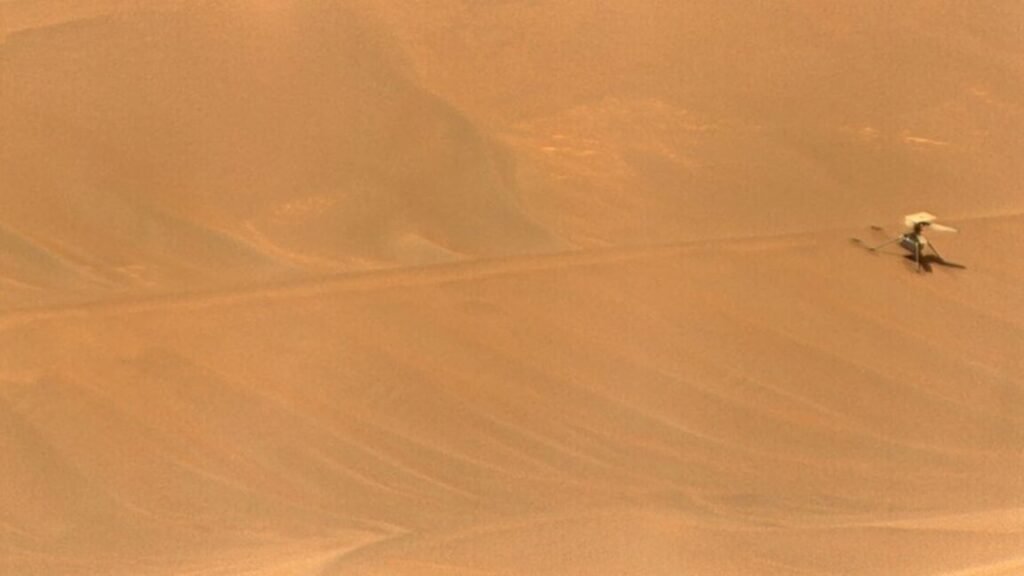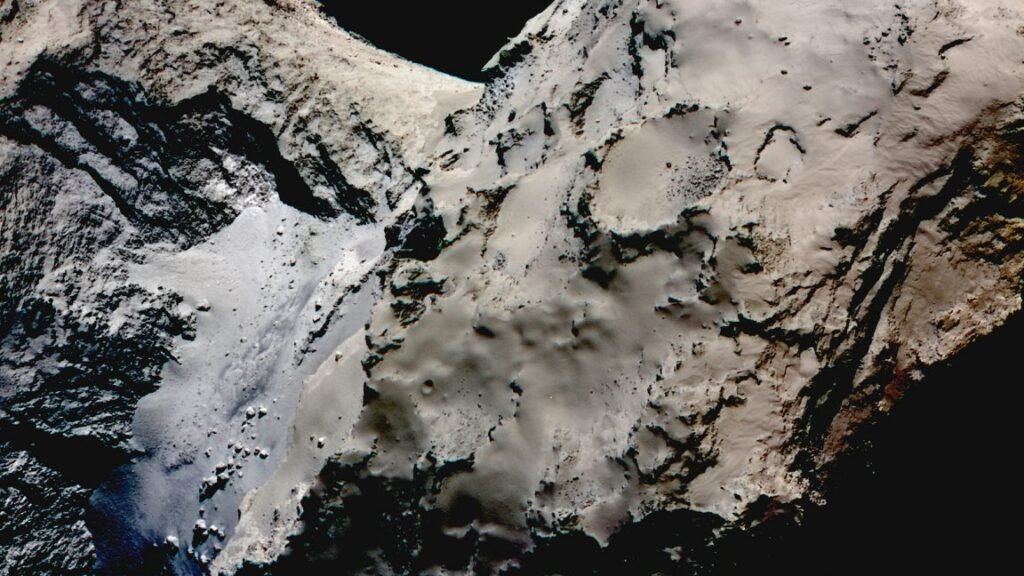
Credit:
NASA/JPL-Caltech and NSF/AUI/GBO
NASA has asked the Janus team to look at the feasibility of launching on the same rocket as NEO Surveyor in 2027, according to Dan Scheeres, the Janus principal investigator at the University of Colorado. With such a launch in 2027, Janus could capture the first up-close images of Apophis before RAMSES and OSIRIS-APEX get there.
“This is something that we’re currently presenting in some discussions with NASA, just to make sure that they understand what the possibilities are there,” Scheeres said in a meeting last week of the Small Bodies Advisory Group, which represents the asteroid science community.
“These spacecraft are capable of performing future scientific flyby missions to near-Earth asteroids,” Scheeres said. “Each spacecraft has a high-quality Malin visible imager and a thermal infrared imager. Each spacecraft has the ability to track and image an asteroid system through a close, fast flyby.”
“The scientific return from an Apophis flyby by Janus could be one of the best opportunities out there,” said Daniella DellaGiustina, who is the lead scientist on the OSIRIS-APEX mission and is from the University of Arizona.
Binzel, who has led the charge for Apophis missions, said there is also some symbolic value to having a spacecraft escort the asteroid by Earth. Apophis will be visible in the skies over Europe and Africa when it is closest to our planet.
“When 2 billion people are watching this, they are going to ask, ‘What are our space agencies doing?’ And if the answer is, ‘Oh, we’ll be there. We’re getting there,’ which is OSIRIS-APEX, I don’t think that’s a very satisfying answer,” Binzel said.
“As the international space community, we want to demonstrate on April 13, 2029, that we are there and we are watching, and we are watching because we want to gain the most knowledge and the most understanding about these objects that is possible, because someday it could matter,” Binzel said. “Someday, our detailed knowledge of hazardous asteroids would be among the most important knowledge bases for the future of humanity.”




